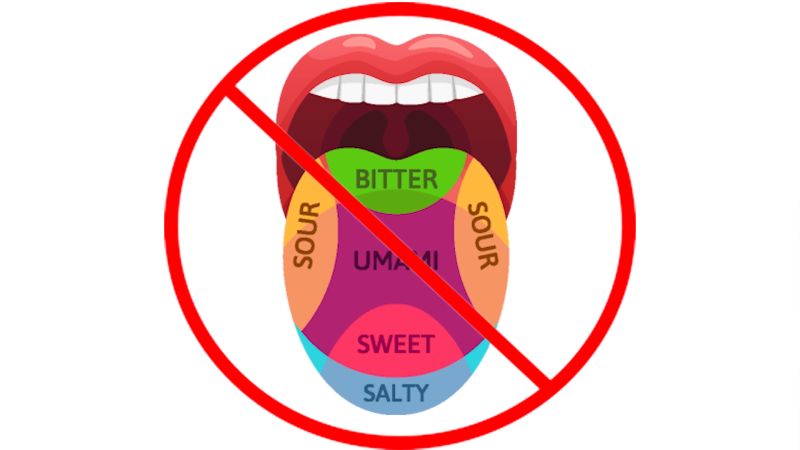
Today, our class learned about the power of persuasion. Each student was given 2 jelly beans, with the goal of determining whether it was a regular flavour (ex: pear, peach) or one of the ‘bean-boozled’ flavours (ex: rotten fish, dog food). Our class investigating the appearance, smell, and taste of these jellybeans. Many people (about 50% of the class) thought they received one of the gross flavours… however, it was later revealed that all the flavours were from the regular jellybean pack! So if none of the flavours were actually gross, why did so many of us have an extreme reaction?
It might come down to persuasion! Our brains are powerful, but they can sometimes be tricked. Ms. Ward ‘primed’ the class to believe they might get the gross flavours, which might have influenced how we perceived the jellybeans!
We will continue to explore how our brains can be influenced/persuaded! Check out how jellybeans are made in the video below:
Some questions to discuss at home:
-Were you able to ‘trust your testbeds’ and pick the correct flavour? Why or why not?
-Do you think you are easily persuaded? Explain!
-Many Scientists believe that we are more likely to believe people who we think have power. Would this experiment be different if it was run by a younger sibling, a friend, the principal, a famous celebrity, etc.?


